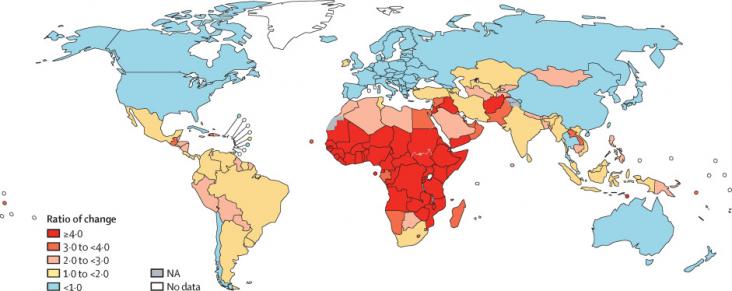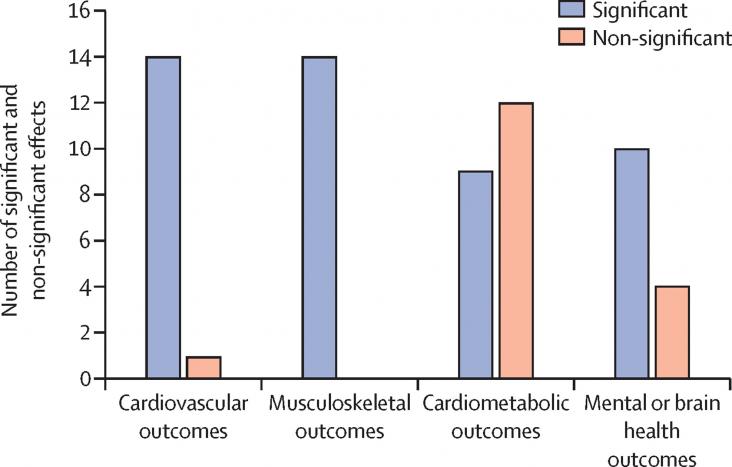
Background: WHO has launched an initiative aiming to eliminate cervical cancer as a public health problem. Elimination is a long-term target that needs long-lasting commitment.
Disruptions to cancer screening services have been experienced in most settings as a consequence of the COVID-19 pandemic.

Background: Rohingya girls living in the refugee camps in Bangladesh are disproportionately vulnerable to child marriages and teenage pregnancies.
Background: Criteria for low-dose CT scan lung cancer screening vary across guidelines.

Approximately 1·5 billion people worldwide live with a physical, mental, sensory, or intellectual disability, about 80% of which are in low-income and middle-income countries.
This Comment article advances SDG 3 and 10 by making a case for bridging language barriers in global health research and overcoming the colonial legacy of language in global health (from the naming of infectious diseases to the use of global health terms with problematic historical connotations), with the aim of facilitating knowledge co-production and more equal research partnerships.
This study supports SDG 3 and 10 by highlighting an overrepresentation of Black children and adolescents in involuntary psychiatric hospitalisations, which may establish potentially lifelong negative mental health treatment trajectories and contribute to cycles of health inequality that persist in later life.
This Comment article advances SDG 3 and 10 by highlighting the disproportionate imbalance of power in global health research, and calls for reforms in publishing and academia to ensure greater representation of global health researchers from low-income and middle-income countries in prestigious, high-impact journals.
This study supports SDGs 3 and 10 by investigating the role of genetic ancestry in ethnic disparities in type 2 diabetes, and interactions with socioeconomic deprivation. The effects of environmental risk factors were found to differ among ancestry groups, suggesting the need for group-specific interventions.
This Research paper supports SDGs 3 and 10 by characterising racial disparities among pregnant women with SARS-CoV-2. The findings showed that Black women were more likely to have occupational exposure to SARS-CoV-2 than White women and that Black women with SARS-CoV-2 during pregnancy were more likely to have a preterm delivery.
